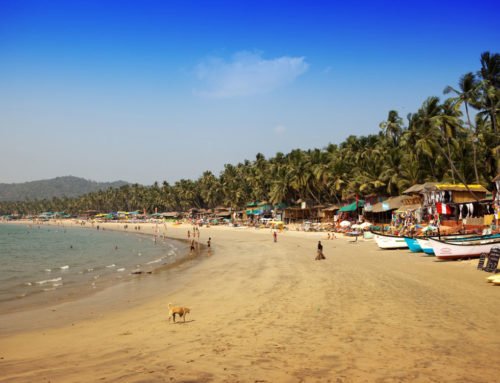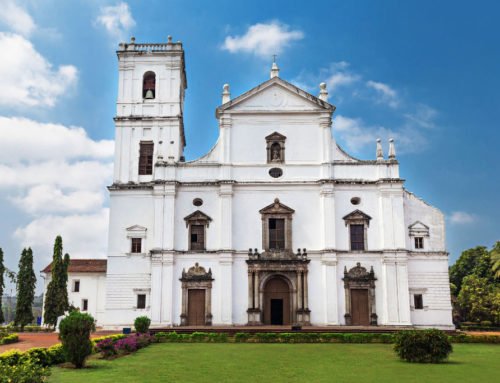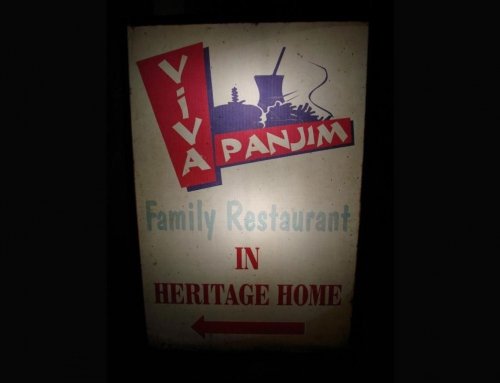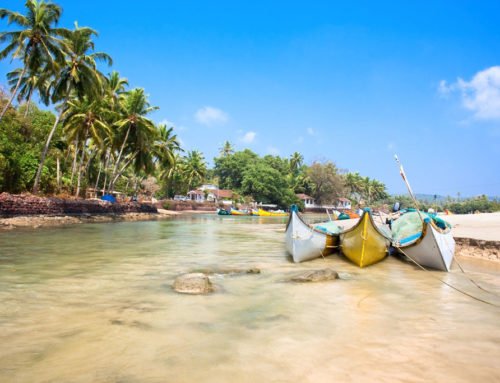Overview
- Features: Self-guided walking tour of heritage districts in Panaji
- Opening Times: All day, every day
- Best Time to Visit: Late October to early March
- Duration: 2 to 3 hours
- Travelled By: Foot
- Cost: Free
- Address: Old Town, Panaji, Goa, India
- Type: Activity, Building
Author Reviews[display_rating_item_results rating_form_id=”2″ rating_entry_ids=”1″ show_category_filter=”false” show_options=”true” result_type=”star_rating” preserve_max_rating=”true” show_title=”false” show_count=”false” ]
Total Rating: [display_rating_result rating_form_id=”2″ show_count=”false” show_rich_snippets=true] [accordions load=”1″] [accordion title=”User Reviews” last] [display_rating_item_results rating_form_id=”5″ show_options=”true” result_type=”star_rating” preserve_max_rating=”true” show_title=”false” show_count=”true” show_rich_snippets=true] [/accordion] [accordion title=”Add Review”][display_rating_form show_email_input=”true” show_comment_textarea=”true” show_name_input=”true” rating_form_id=”5″] [/accordion] [/accordions]
Summary
A self-guided walking tour of Old Town Panaji (Panjim) is the perfect way to get an introduction to what this town is about. Get a feel for the Portuguese influence by wandering through its terraced hills, cobbled streets, churches and old mansions in the districts of Fontainhas and São Tomé.
Walking Tour of Old Town Panaji (Panjim)
A self-guided walking tour of Old Town Panaji (Panjim) is the perfect way to get an introduction to what this town is about. Get a feel for the Portuguese influence by wandering through its terraced hills, cobbled streets, churches and old mansions in the districts of Fontainhas and São Tomé.
Tucked away between Ourem Creek and Altinho Hill in Panaji are the old residential quarters of Fontainhas and São Tomé, built on acclaimed land in the 19th century. Fontainhas was named after the fountain of Phoenix, a spring that provided the quarter’s only source of water, while São Tomé takes its name from the São Tomé Church. This old-world precinct, characterised by a jumble of painted, tile-roofed houses, has streets lined with taverns offering authentic Goan cuisine and feni (cashewnut liqueur), and bakeries serving bebinca, the delicious local cake. Many of the residents still speak Portuguese.
São Tomé, named after a tiny church built in 1849, was once the focus of a busy square. The nearby Mint marks the Inquisition’s execution site.
[singlepic id=1563 w=720 h=560 float=center]
Most houses here are painted yellow, ochre, green or indigo with a white trim – in keeping with the old Portuguese building code. The picturesque Rua de Ourem faces Ourem Creek. Behind it, colourful houses dot the slopes all the way Altinho Hill. The Rua de Natale snakes up Altinho Hill and has steps laid out to help pedestrians negotiate the gentle climb.
The Fundacao de Oriente, originally a family home, now houses a Portuguese foundation that promotes artistic, cultural and scientific work. Its library is open to the public. St Sebastian Chapel, built in 1888, has a life-size crucifix that used to hang in the Palace of the Inquisition in Old Goa.
Finish your walking trip around the Old Town of Panaji by stopping at a Goan restaurant for some authentic Goan delicacies and end the evening by sipping feni (cashewnut liqueur) in a cosy local bar.







